Overview of didactic Radars

Figure 1: Seminar on pulse radar DPR-886,
here: the configuration of a jamming transmitter on a
phased array
Overview of didactic Radars
Didactic Radars improve education and vocational training: If the student can prove technical effects with his own experience, this one he will never forget! A successful practical trial is invaluable for understanding the theory. The selection of a suitable didactical radar should be made according to what topics you want to teach, and (last but not least) which radar set you can afford.
A salesman usually has no knowledge of what provides the offered device, and what a requirement is technically-physically impossible for this device. Special sales specialists can do this for a small area, for example in the telecommunications sector. However, specific sales specialists do not exist for didactic radars: Every seller wants to sell exactly that equipment that he has on offer. He will promise you the moon what the device can do. This device will be presented as a “panacea”. Images of completely different radars are processed even in a data sheet for this purpose.
In the Radartutorial are presented some didactic radars. Each set is specialized in a very specific training topic. One device for all threads started does not exist (yet). But we are working on this.
A general problem for didactic radars is that they are allowed to work only in specially approved so-called ISM frequency bands (Industrial, Scientific and Medical Band) with strongly limited transmission power. Thus you may use only the following frequency bands for didactic radars: 2.4 GHz to 2.5 GHz, 5.725 GHz to 5.875 GHz or 24 GHz to 24.25 GHz. The core of all presented here CW and FMCW radars is a small chip: the TRX_024_06 produced by the Silicon Radar Ltd. This chip transmits in the 24 GHz band with a power of 6 dBm (corresponding 4 mW). The second problem is often the price. The price seems extremely high because these devices are produced in very small quantities and only on request often. Thus, for the starter kit, the price is still in the range of 1000 €. However, for the didactical noise radar, the price is (depending on the equipped accessories) more than 12,000 €. The prices for Didactical Pulse Radar DPR-886 can be well above 25,000 €. (Prices are subject to change.)
Based on the hardware of the presented devices is also available on request a simple Synthetic Aperture Radar, and the components for MIMO Radar systems (radar transceivers each with its own arbitrary waveform generator and USB interface). This offer is particularly interesting for technical colleges and universities because here the most expensive element in radars (the software) can be largely self-created in the context of diploma theses.
Bildergalerie von didaktischen Radargeräten
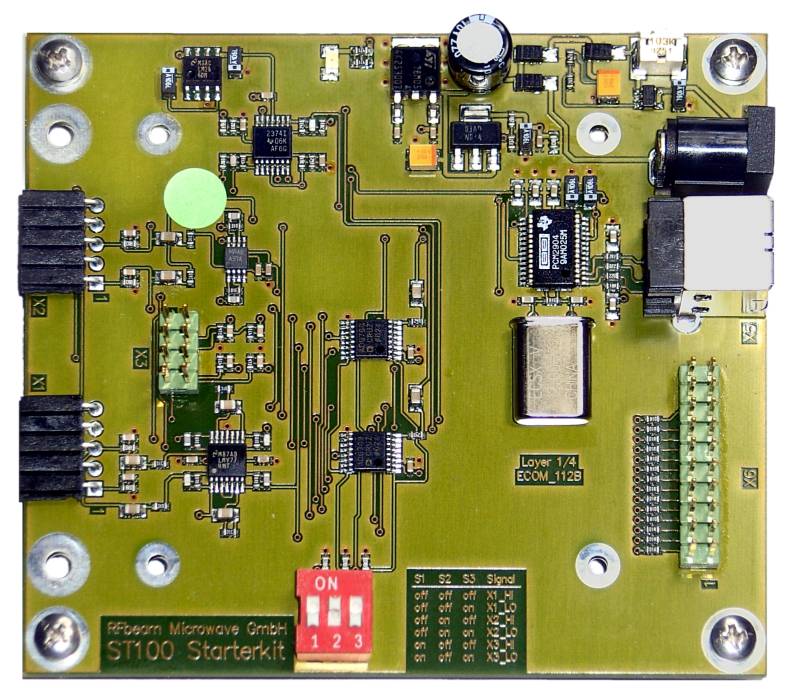

Figure 2: Starter kit ST100: a development tool for a CW radar. Suitable for motion detection, barrier radar and speed measurements.
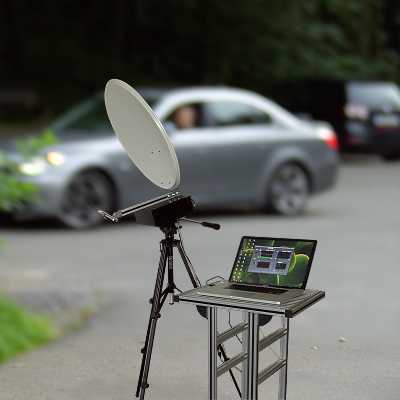
Figure 3: Skyradar Basic II - an FMCW radar. Suitable for demonstration of a simple tracking radar, and for distance and speed measurements. Can be used with appropriate target models for the creation of diagrams of the radar cross-section.
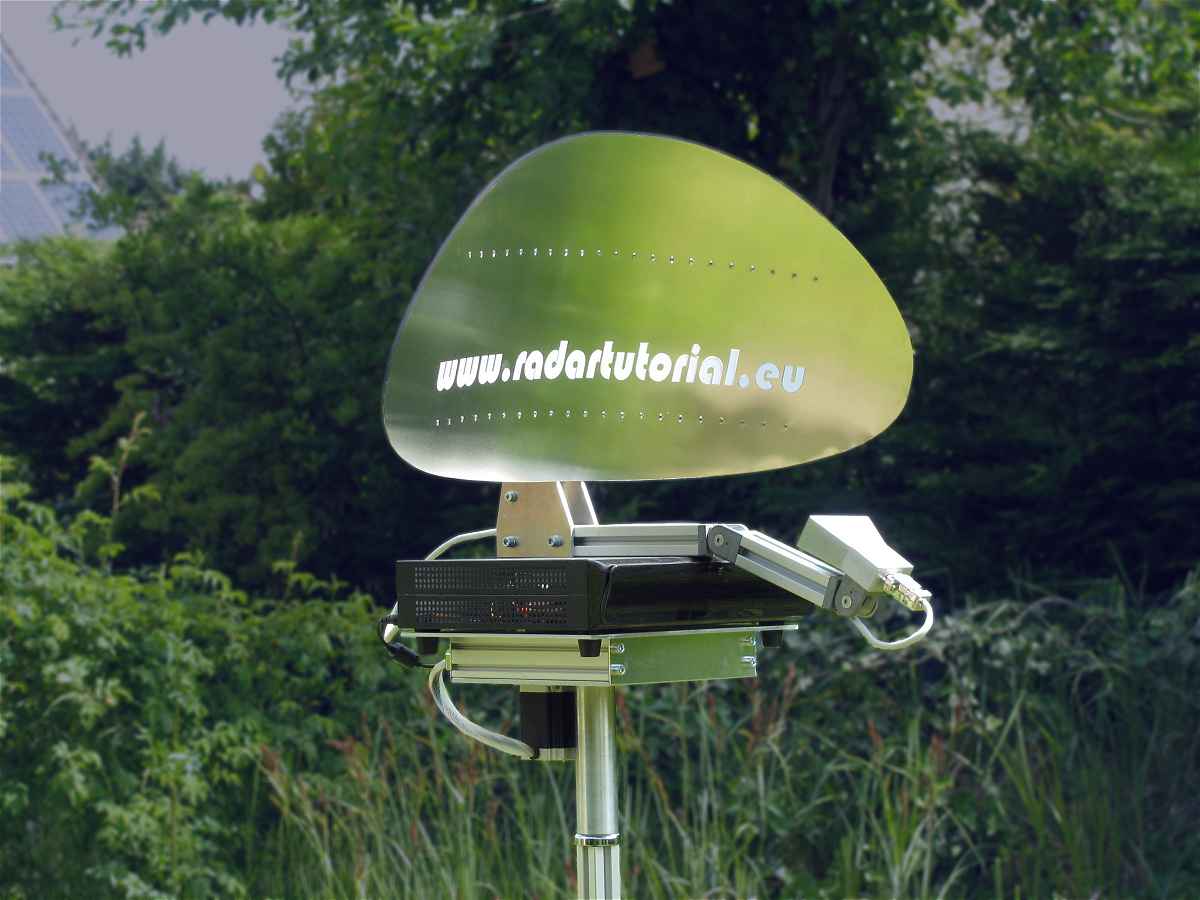
Figure 4: The Didactical Noiseradar shows a Radar PPI-Scope of the classroom. Each student can configure its own receive channel via wireless on laptop, tablet or smartphone and can then test the effectiveness of filters, thresholds and gain adjustments.
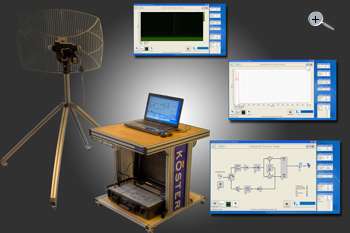
Figure 5: The Didactic Primary Radar DPR-886 is a classic pulse radar and can carry out different variants of phase encoded Intra Pulse Modulation. The bandwidth of the transmitter and the receiver can be freely configured to see the impacts in maximum range and resolution. Unfortunately, a PPI-scope is not supported here.
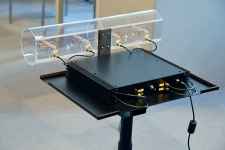
Figure 6: The Phased-Array Demonstrator allows measurable changes in the direction of the main radiation of an antenna array. In addition, practical experience in creation of antenna patterns can be obtained.
